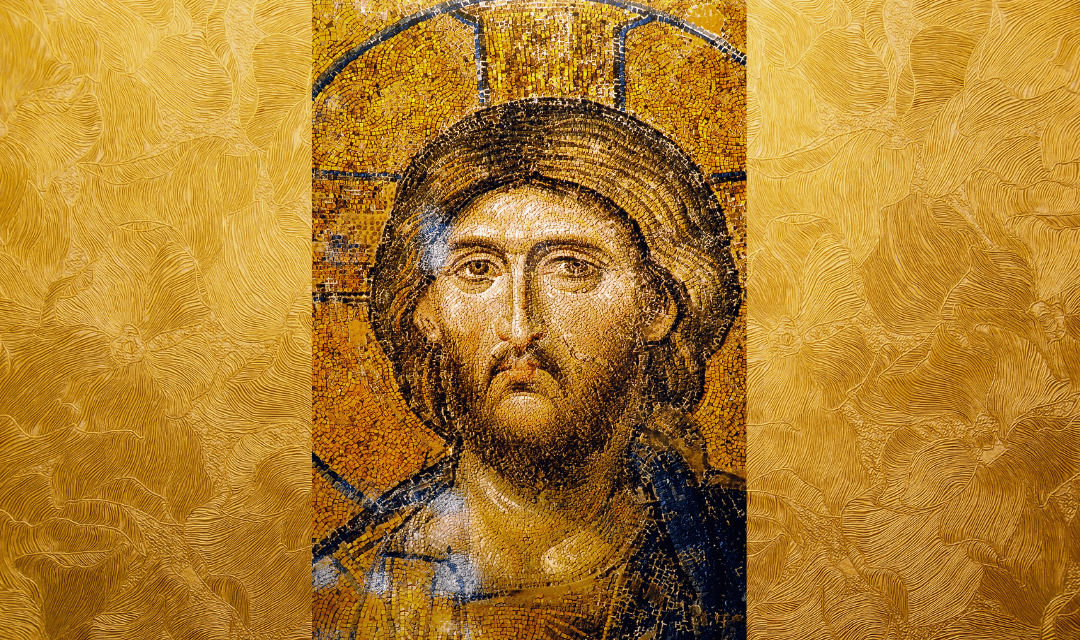It’s been called “a marvel” and “the Protestant magnum opus on sexual ethics we’ve been waiting for.” It’s also been called “Sacred Pornography,” a “Protestant bowdlerization” of Theology of the Body,4 and “a rhapsody over a very male-centered experience of sexual intercourse.” If you haven’t heard of it by now, welcome to the Twitterstorm. Josh Butler’s newly released book Beautiful Union, and the excerpt from chapter one titled “Sex Won’t Save You (But It Points to the One Who Will),” edited and posted by The Gospel Coalition (TGC), faced enormous backlash from evangelicals online — resulting in Butler’s resignation as a fellow for the newly formed Keller Center for Cultural Apologetics, but more recently from his role as a lead pastor at Redemption Church in Tempe, Arizona.
In Beautiful Union, Butler argues that marital sex is an icon we can look through to greater things, like a stained-glass window in a cathedral. The beautiful union of husband and wife, particularly as it’s enacted in fruitful and faithful marital sex, is meant to give us a vision of the transcendent mystery of God’s love, of Christ’s union with the church. Because Protestantism has by and large incorporated contraception as a normal aspect of family planning, many are accustomed to thinking of sex as something that’s solely for bonding and pleasure. Only if and when you want to, you can opt in and upgrade your sex plan to include the “child bonus pack,” otherwise your default fertility setting is off. With the unitive and procreative aspects of sex experientially severed most of the time for most couples, that changes the way we hear euphemisms about sex in the manner Butler uses them.
Butler opens the book with a brief introduction to the idea of seeing iconically is very brief. That’s all we get when it comes to iconography and its place in Christianity. A religious practice that has obtained for nearly two thousand years in the Eastern church, a practice that lies at the very heart of Eastern Orthodox liturgy and theology, so central to their faith and to the dogma of the Incarnation that many have been martyred in its defense — this iconic worldview is detached from its complex meaning and history, and is borrowed as a premise for a book written within and for a Reformed evangelical subculture that is iconoclastic. Iconic thought and practice is largely alien to evangelicalism and to the Reformed tradition, and yet Butler brings it in the front door without commenting on the oddity (or the implications) of such a pairing.
Everything about Christian traditions (Protestant and Roman Catholic and Eastern Orthodox) that focuses on liturgy and church tradition — from the architecture of the church to the icons on the walls, from the sacraments and prayers to the liturgy and hymns, from the Scripture readings and the incense to the kneeling, bowing, genuflecting, and processing — is structured like a microcosm of reality that is anything but arbitrary. It is designed not merely to point you to heaven but to transport you there.
This podblast is a conversation with Journal author Alisa Ruddell about her new article, “Beautiful Union by Joshua Ryan Butler and the Trouble with Borrowing Icons“.
